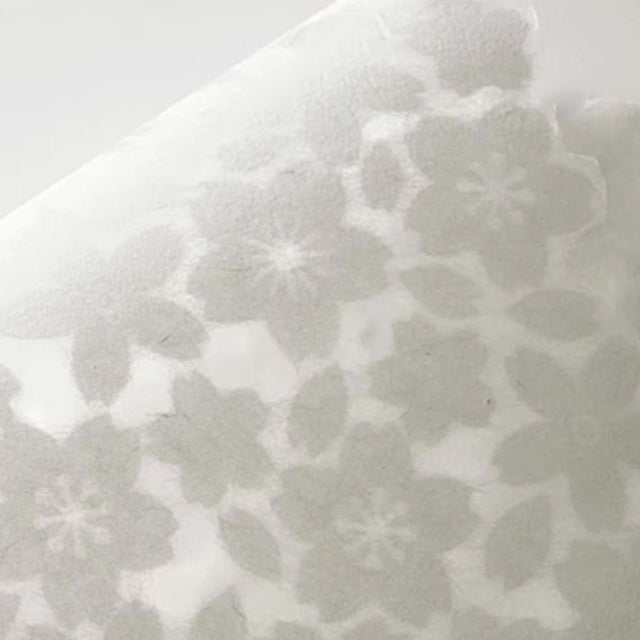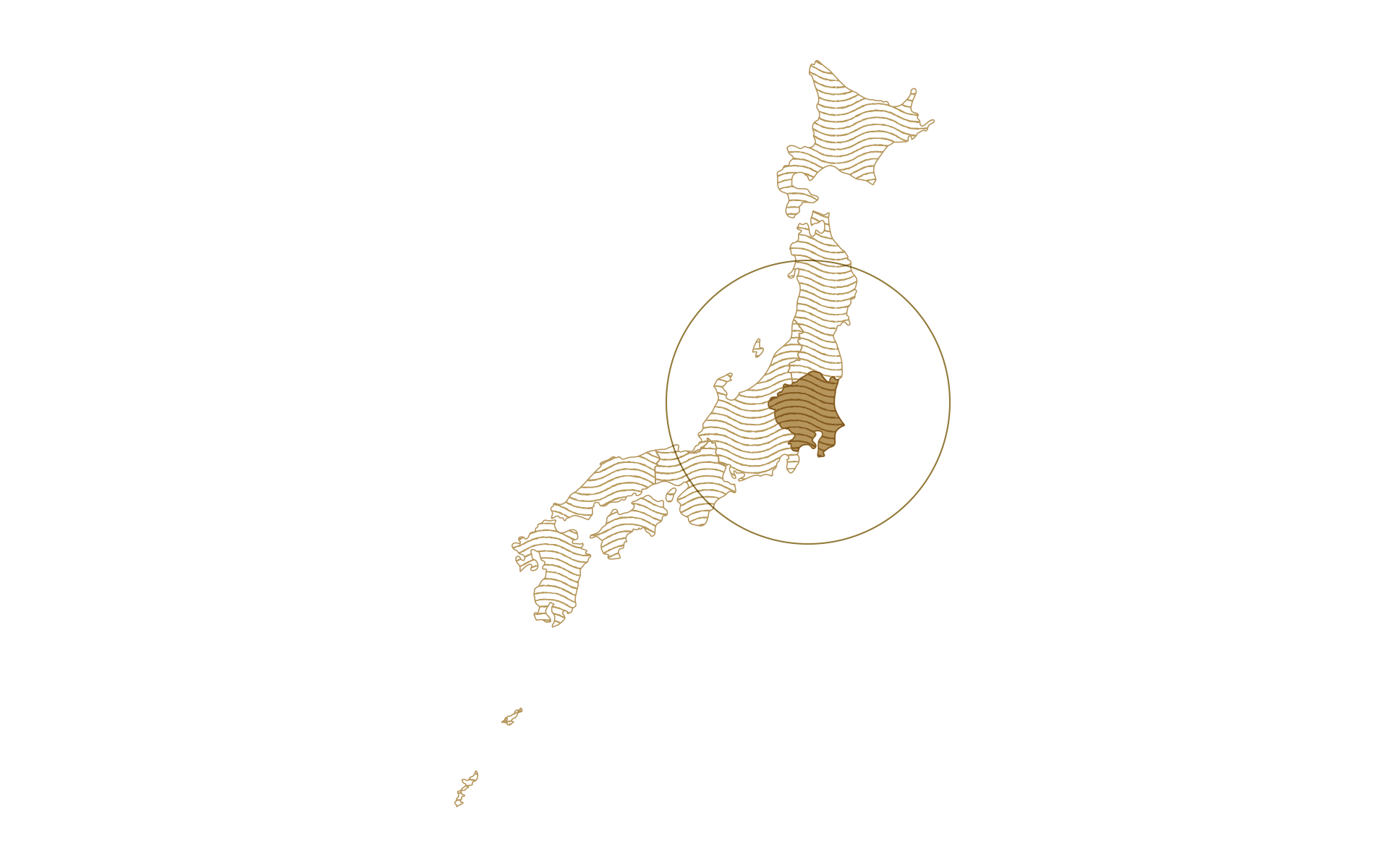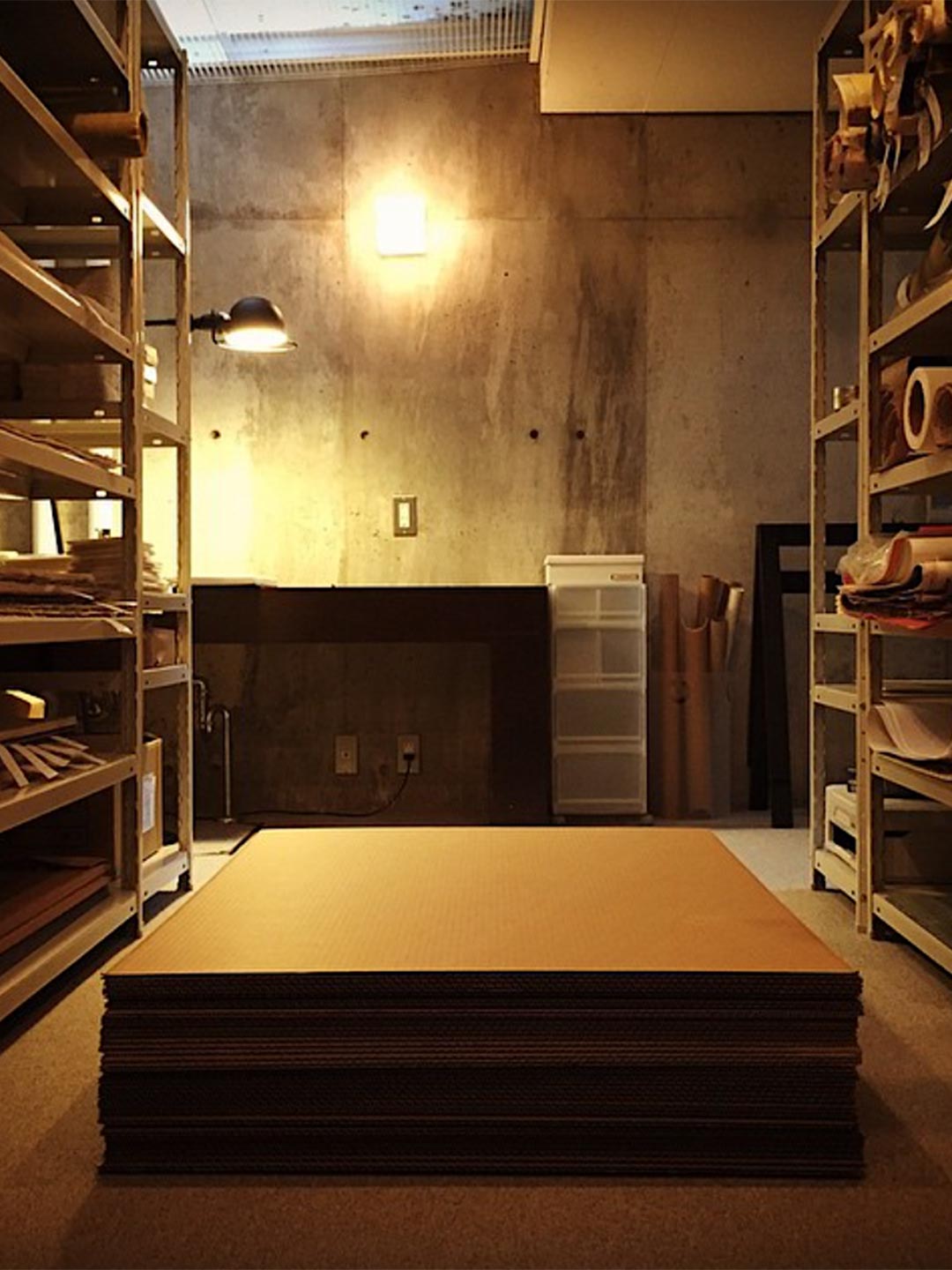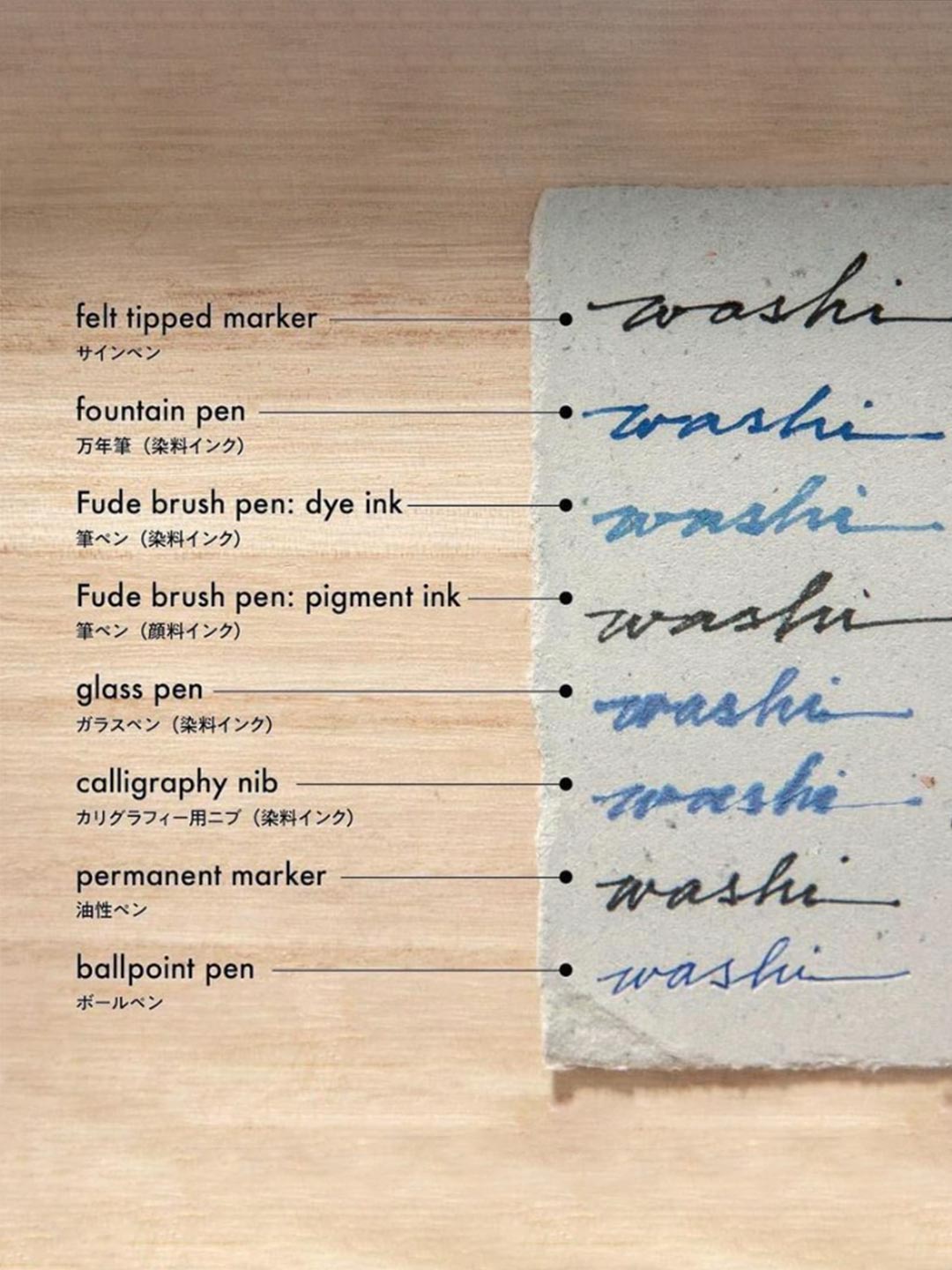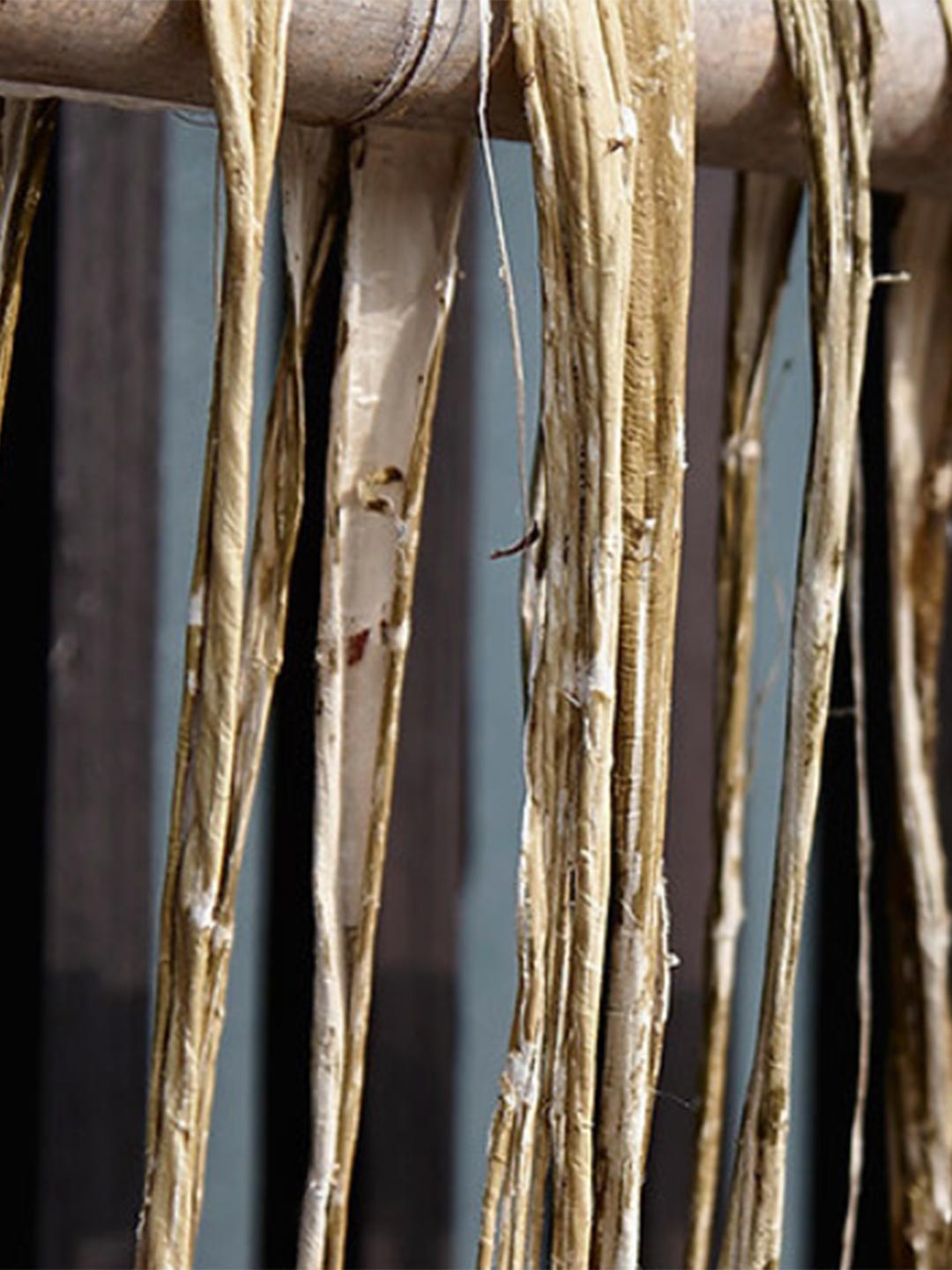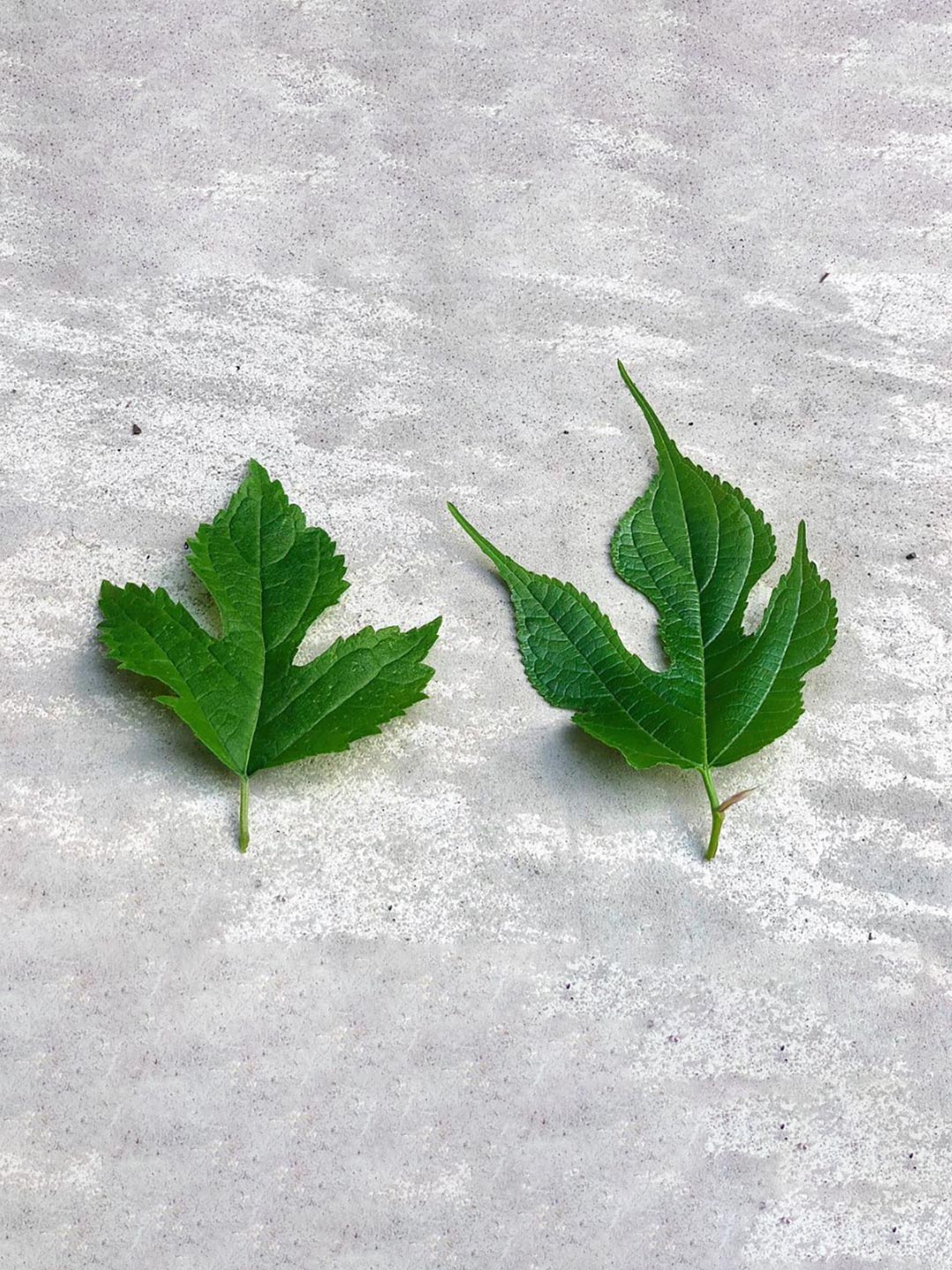WACCA aims to achieve a circular communication, connecting both creators and consumers: to convey the passion of washi paper craftsmen to the end user and vice-versa, to share the user's joy of using the product back to the craftsmen.
Washi (和紙), meaning Japanese (和) paper (紙), is typically made from the bark fibers of the kozo (paper mulberry tree), the mitsumata shrub, which is native to Japan, or the gampi tree, a deciduous shrub. It can also be made using hemp, bamboo, cotton or other materials.
There are two main methods of making washi paper: Nagashi-suki (fiber flow papermaking) and Tame-suki (fiber settling papermaking). Washi products can be both handmade and machine-made, but the general process involves soaking and boiling the bast, or inner bark, in hot water. The fibers are then beaten with a rod to separate them without damaging them. This mixture is combined with water and tororo-aoi, a natural glue. The mixture is poured into a Suki-bune, or paper-making boat, to form sheets of paper. These sheets are stacked while wet, pressed to remove excess water, and then laid out to dry on a board.
